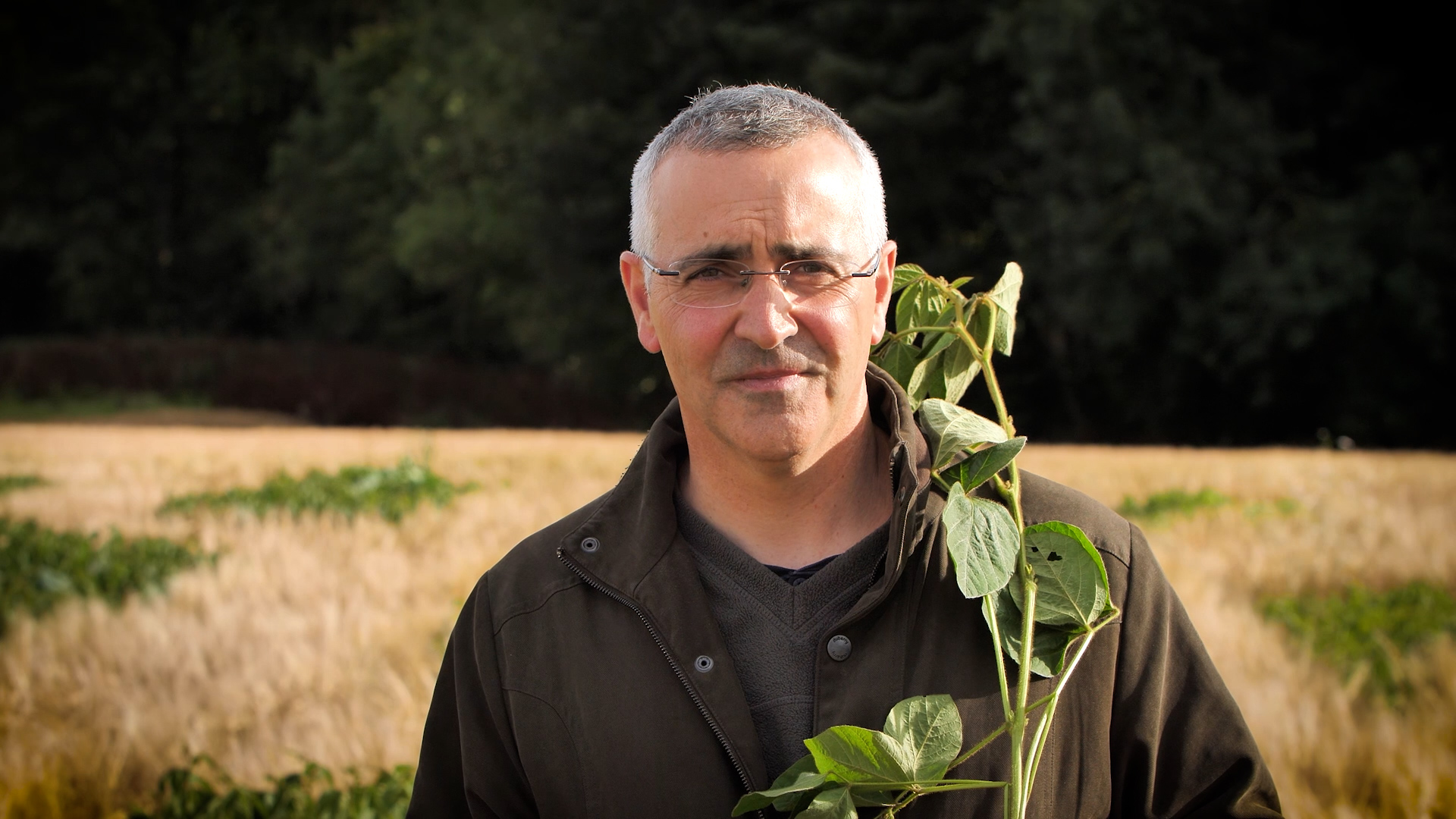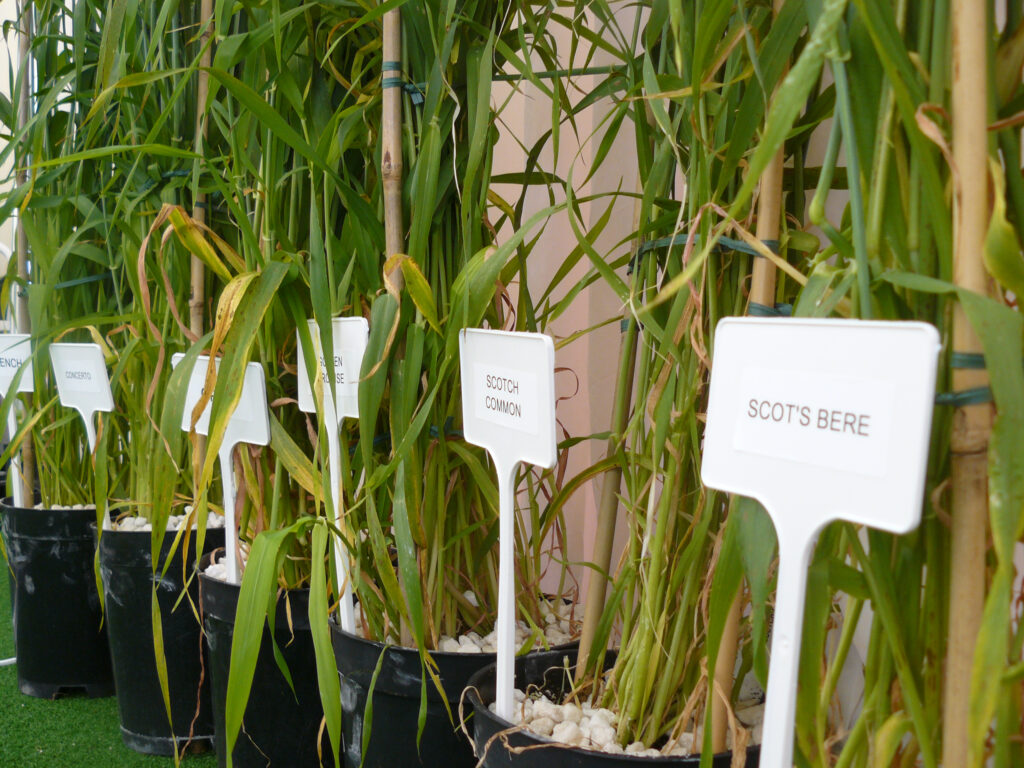Hungry for biodiversity?
Opportunity knocks for opportunity crops
Wednesday May 22nd is the UN’s “International Day for Biodiversity”, and with good reason. Biodiversity loss is a great risk to the global economy.
Fifty percent of the global economy is biodiversity dependant – and therefore also climate dependent, as climate change is one of the biggest impacts on biodiversity. Within Europe, 3% or €450 billion of gross domestic product – the total monetary value of all finished goods and services – is forfeited annually due to biodiversity loss.
By Dr Pete Iannetta
It is often wildlife we think of when we talk about biodiversity. Yet, this biodiversity loss also extends to the crop diversity that determines the resilience of agri-food systems. Just like Scotland’s iconic wildlife, Scotland’s once thriving crop diversity, is also under threat.
There are many “forgotten” Scottish crops that have been largely sidelined by mainstream producers and it’s similar globally, with 60% of human calories obtained from just four crops (rice, wheat, maize and potatoes).
Yet, revitalised, home-grown forgotten foods could play a significant role in diversifying diets with unique tastes, nutrition and health values. They could help in supporting local family-run farms and businesses – offering sustainable economic development – and boosting nature.
Using just a small fraction of the available underutilised crop varieties also offers a nature-based solution to pest pressures, meaning we could lower how much agritoxin – pesticides and synthetic fertiliser – is used which in turn reduces the impact on nature’s biodiversity caused by use of these chemicals, boosting wider ecosystems and resilience.
Added benefits of forgotten foods include resilience to environmental stresses. Across Scotland seed that was saved and resown, over the generations, resulted in locally adapted varieties, that produced sufficient crop yield in the absence of pesticides, herbicides and excessive fertiliser use.
We can use the strengths of these forgotten foods to help breed new crops for the more-sustainable food system of the future, including being able to adapt to changing weather patterns.


They also offer food system resilience. Today, the Scottish food system is 40% import dependant.
Yet, when crises happen, impacting food imports and supply chains, it’s the local-food producers and retailers that step in, often with underutilised grain and vegetable species. We experienced this in during critical periods of the COVID pandemic.
So it’s timely that various authorities, such as health boards and local councils, are now actively seeking views on how they can realise the ambitions of The Good Food Nation (Scotland) Act.
This is an opportunity to address biodiversity loss and nutritional security, alongside combating climate change, using forgotten foods as a corner stone. This opportunity is already recognised in the Food and Agriculture Organisation’s “Forgotten Food Manifesto” and Scotland could commit to the ambitions of its objectives also.
At the Hutton, we’re steadfast in supporting collaborative science that realises the full potential of forgotten foods. Examples include our work on bere barley, an ancient heritage barley; the novel dwarf early ripening faba (food) bean, also known as “Henry Taylor’s Scottish Bean”; and the dwarf French Bean varieties, Glen Lyon, Glamis and Glencarse – bred and developed over 60 years ago to yield well in Scotland’s climate and local pest and disease pressures.
Pete Iannetta is Research Leader at the James Hutton Institute, and a Professor at the Centre for Biotechnology at the Universidade Católica Portuguesa (Porto). Among his research portfolio he is Deputy Coordinator of the RADIANT, ‘Realising Dynamic Value Chains for Underutilised Crops’ www.radiantproject.eu.
Press and media enquiries:
Elaine Maslin, Media Officer, The James Hutton Institute elaine.maslin@hutton.ac.uk, tel: +44 (0)1224 395076 or +44 (0)7977 805808.
